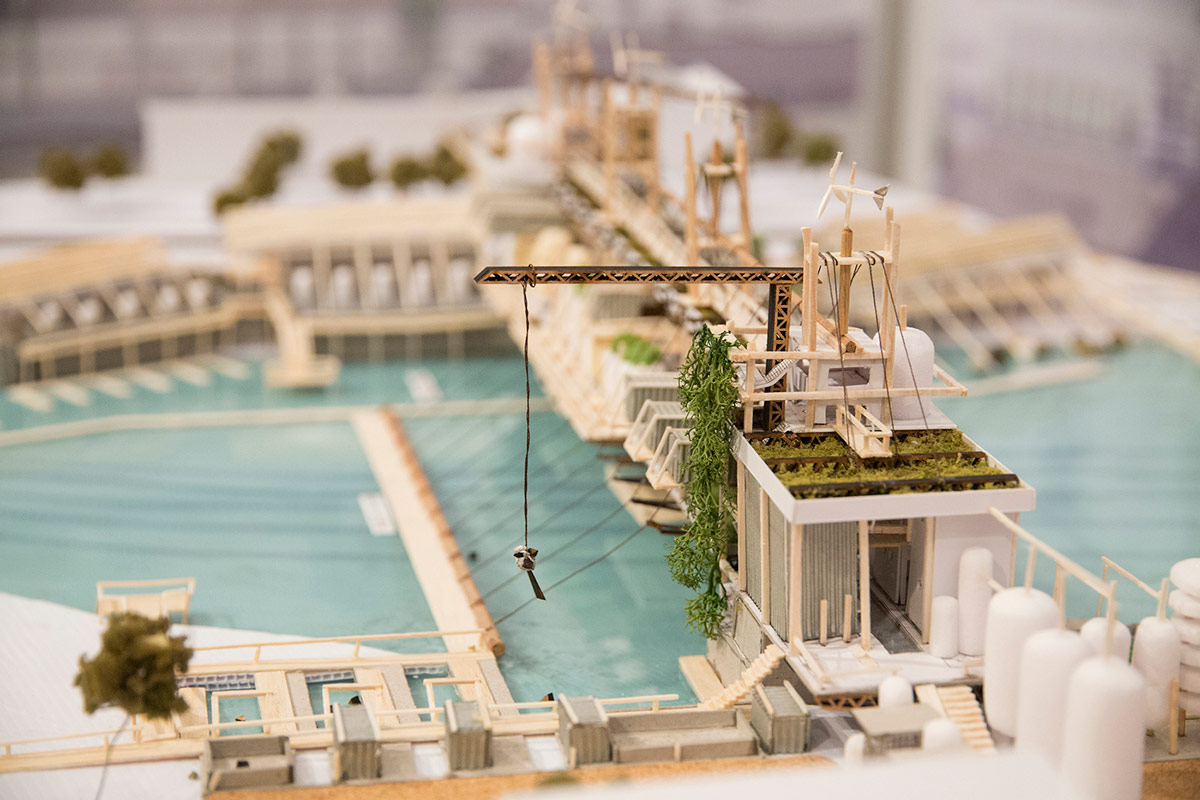We chat to Jean-Pierre Desvaux De Marigny, winner of the 30th Corobrik Architectural Student of the Year Award, about the competition, what inspires him and more
The competition has seen considerable changes in how young professionals in the architectural profession approach the built environment. Today, technological advances and sustainability imperatives are driving creativity.
New and distinctive ideas, a high standard of technical skill, creative flair, a good grasp of sustainability issues and a clear understanding of the complex role of built structures within an evolving urban environment were just some of the reasons why Jean-Pierre Desvaux De Marigny, from the University of KwaZulu-Natal, won first prize at the Corobrik Architectural Awards.
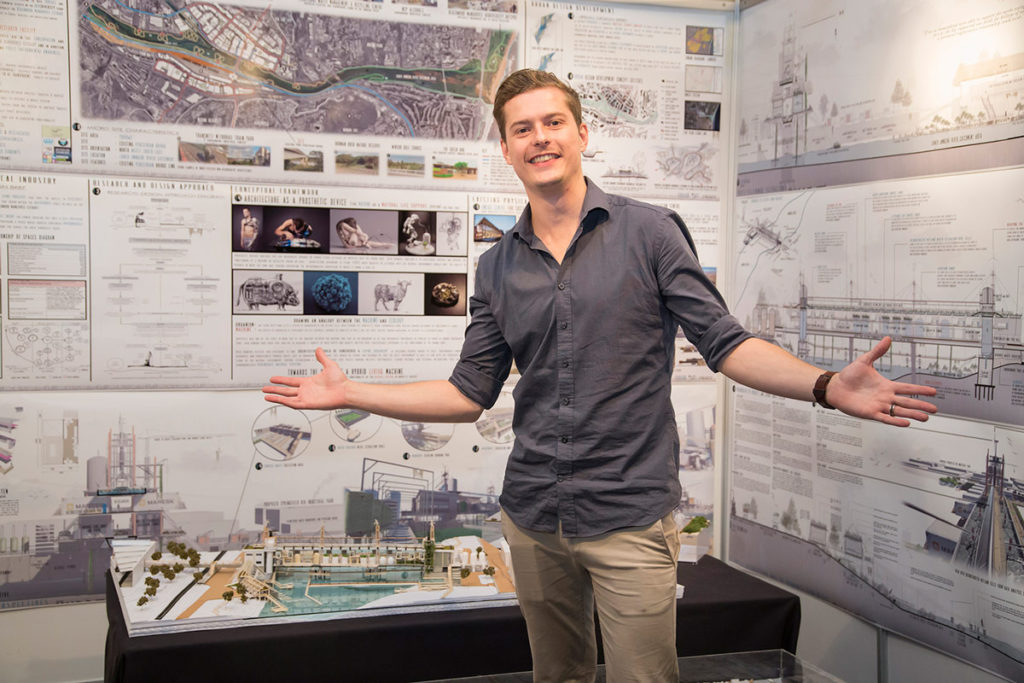
Tell us about the Corobrik Awards, what did it feel like being chosen as a finalist?
It was an amazing experience that involved intensive examinations and presentations. Having been selected as the top architectural student in South Africa, from seven other finalists all from major universities, is one of the most prestigious awards and I’m absolutely honoured to have won.
What about your thesis, why do you think it was so well received?
My research and proposed intervention focused on the lower uMgeni river, viewing it as one of Durban’s major life sources, currently in desperate need of ecological support. It runs through various communities that lack clean water and can’t utilise the watercourse as it is so heavily polluted. In addition, this is beginning to cause many knock on effects such as lack of nutrition and food, increasing deaths of aquatic species and birds, as well as a lack of tourism and investment interest in these areas due to the vast amounts of waste being washed downstream on a daily basis.
As a response, my proposed architectural solution is located just downstream of the Springfield industrial park on the fringe of Durban’s CBD and aims to draw an analogy between the machine-dominated environment that exists and the natural ecosystems found within the uMgeni river.
In order to achieve this, conceptually the design took the stance of ‘viewing architecture as similar to that of a mechanical prosthetic device, so that the architecture (industrial machine) could begin to act as a natural life support system in the context in which it exists (ecology)’, evolving into a multi-programmed hydrological awareness and water research facility that straddles the affected watercourse.
Overall, the architecture’s main purpose is to not only contribute to conserving the species that rely on the uMgeni River for survival, but also to express how the built environment can support the natural in a systematic and cyclical manner. Further demonstrating that if we as architects use our abilities to create a built environment that is able to support and function with the natural through a regenerative approach, it will prove beneficial for both the planet and ourselves, protecting biodiversity for the survival of future generations to come.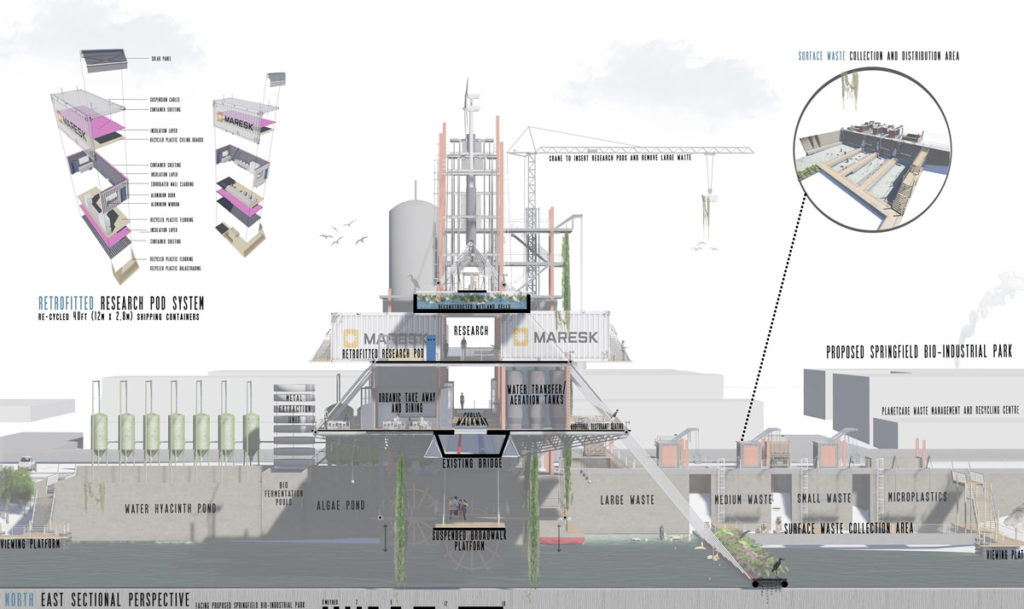
Why did you choose architecture as a career?
As a former pupil of Assagay’s Roseway Waldorf School I was always “alternatively creative” while developing a love and appreciation for the world. Although I didn’t initially know what path I wanted to follow, I knew it would be something within the creative field.
I applied for various different courses but never felt the urge or calling to enrol into any, until I was accepted into architecture. At that point, I had no idea what the journey entailed, all I can remember is that something just felt so right.
So I guess it comes down to my passion for creativity fused with a moral obligation towards environmental and social improvement, as well as being able to trust the path that led me.
Where did you study?
Following my gut feeling I immersed myself into three years of undergraduate study at the University of KwaZulu-Natal, which can be characterised entirely by late nights and intensive work loads. This was then followed by two years of practical experience in Mauritius and South Africa before sleep deprivation continued as I had to complete two more years, which concluded in the completion of my Master’s degree (qualifying cum laude in the class of 2016) and finally awarding me the opportunity to call myself ‘an architect’.
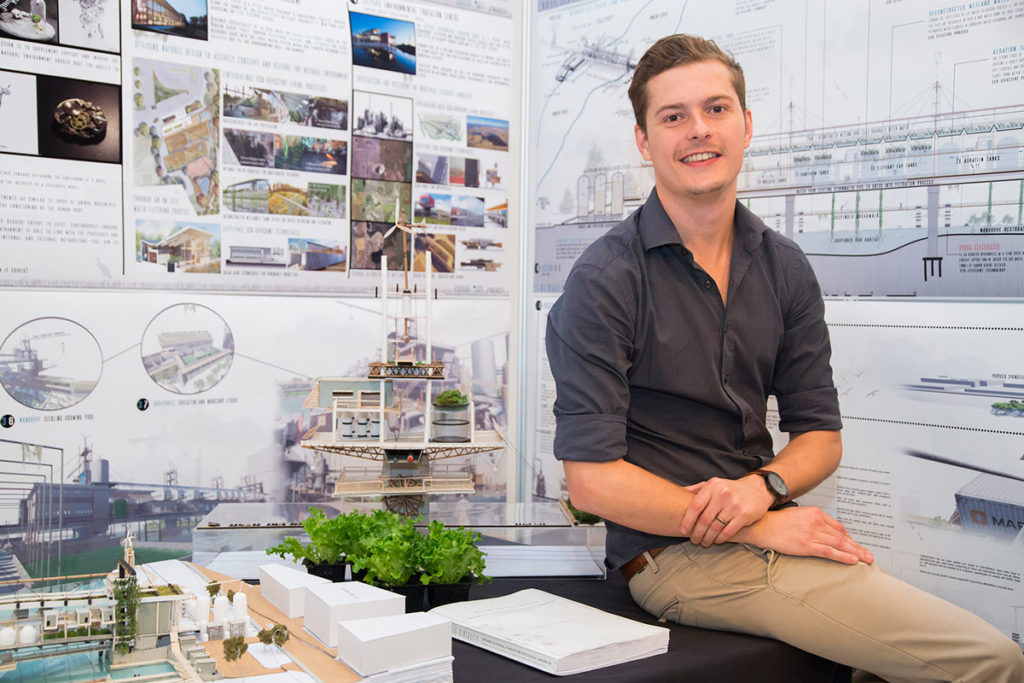
Who or what is your biggest inspiration?
I would say my parents, purely because of their positive outlook on life and their ability to always view things the way they are, constantly reminding me that no matter what happens, things will always unfold the way they should.
Your architectural style in short
Honest. Forward thinking. Environmentally responsive.
Do you prefer Instagram, Twitter or Facebook, and why?
Instagram, as it allows every individual the ability to visually communicate their journey through life without any unnecessary information. Being an architect I prefer communicating through drawing and images in comparison to lengthy descriptions
Follow @the_french_0
Your guilty pleasure?
Listening to Frank Sinatra with a glass of fine whiskey on the side, contemplating about life.
What can we expect to see more of in your career?
I aim to continuously try and push myself and those around me to expand the boundaries of architecture and as a result enhance the public’s perception towards appreciating the profession as a whole.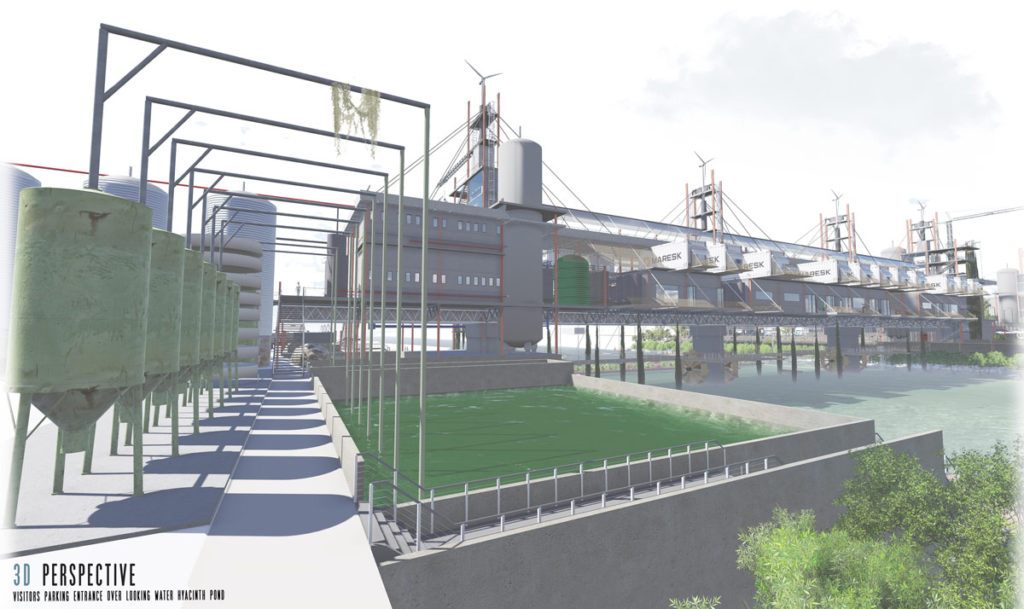
What’s your dream project?
I wouldn’t define it as a particular project, but rather being able to work with clients who share a passion for design and are open to developing new ways and ideas towards shaping space, while of course being able to enjoy and appreciate this experience simultaneously.
Any advice for aspiring architects?
My message to aspiring architects is to always trust the path that leads you, work hard at it and you’re bound to succeed.

